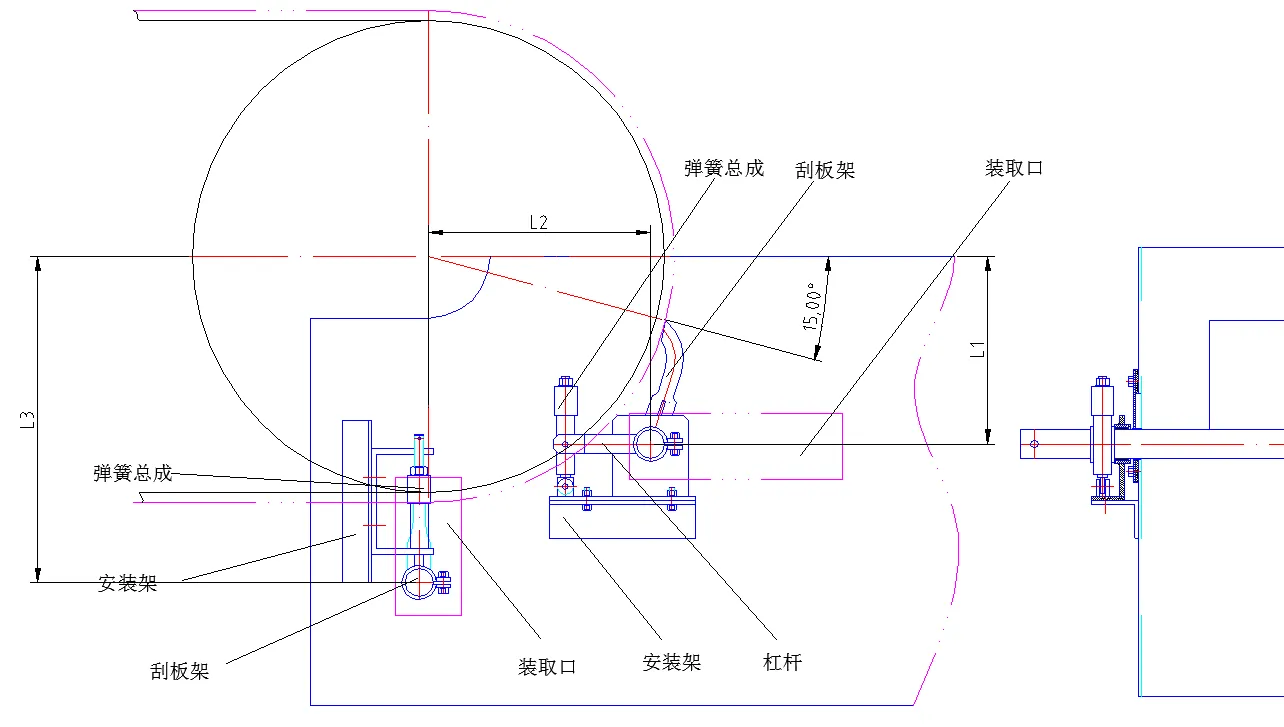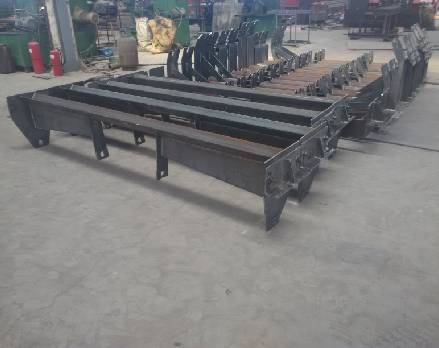 Afrikaans
Afrikaans  Albanian
Albanian  Amharic
Amharic  Arabic
Arabic  Armenian
Armenian  Azerbaijani
Azerbaijani  Basque
Basque  Belarusian
Belarusian  Bengali
Bengali  Bosnian
Bosnian  Bulgarian
Bulgarian  Catalan
Catalan  Cebuano
Cebuano  Corsican
Corsican  Croatian
Croatian  Czech
Czech  Danish
Danish  Dutch
Dutch  English
English  Esperanto
Esperanto  Estonian
Estonian  Finnish
Finnish  French
French  Frisian
Frisian  Galician
Galician  Georgian
Georgian  German
German  Greek
Greek  Gujarati
Gujarati  Haitian Creole
Haitian Creole  hausa
hausa  hawaiian
hawaiian  Hebrew
Hebrew  Hindi
Hindi  Miao
Miao  Hungarian
Hungarian  Icelandic
Icelandic  igbo
igbo  Indonesian
Indonesian  irish
irish  Italian
Italian  Japanese
Japanese  Javanese
Javanese  Kannada
Kannada  kazakh
kazakh  Khmer
Khmer  Rwandese
Rwandese  Korean
Korean  Kurdish
Kurdish  Kyrgyz
Kyrgyz  Lao
Lao  Latin
Latin  Latvian
Latvian  Lithuanian
Lithuanian  Luxembourgish
Luxembourgish  Macedonian
Macedonian  Malgashi
Malgashi  Malay
Malay  Malayalam
Malayalam  Maltese
Maltese  Maori
Maori  Marathi
Marathi  Mongolian
Mongolian  Myanmar
Myanmar  Nepali
Nepali  Norwegian
Norwegian  Norwegian
Norwegian  Occitan
Occitan  Pashto
Pashto  Persian
Persian  Polish
Polish  Portuguese
Portuguese  Punjabi
Punjabi  Romanian
Romanian  Russian
Russian  Samoan
Samoan  Scottish Gaelic
Scottish Gaelic  Serbian
Serbian  Sesotho
Sesotho  Shona
Shona  Sindhi
Sindhi  Sinhala
Sinhala  Slovak
Slovak  Slovenian
Slovenian  Somali
Somali  Spanish
Spanish  Sundanese
Sundanese  Swahili
Swahili  Swedish
Swedish  Tagalog
Tagalog  Tajik
Tajik  Tamil
Tamil  Tatar
Tatar  Telugu
Telugu  Thai
Thai  Turkish
Turkish  Turkmen
Turkmen  Ukrainian
Ukrainian  Urdu
Urdu  Uighur
Uighur  Uzbek
Uzbek  Vietnamese
Vietnamese  Welsh
Welsh  Bantu
Bantu  Yiddish
Yiddish  Yoruba
Yoruba  Zulu
Zulu Hot Vulcanized Pulley Lagging Durable Conveyor Belt Solutions
- Overview of Industrial Pulley Lagging Solutions
- Technical Advantages of Modern Pulley Lagging Solutions
- Performance Comparison Across Material Types
- Customization Strategies for Belt Conveyor Systems
- Real-World Applications in Heavy Industries
- Cost-Benefit Analysis and ROI Metrics
- Future Trends in Hot Vulcanized Pulley Lagging Technology

(hot vulcanized pulley lagging)
Optimizing Efficiency with Hot Vulcanized Pulley Lagging
Hot vulcanized pulley lagging remains the gold standard for conveyor belt systems, delivering 92% friction efficiency in bulk material handling. This permanent bonding method increases pulley life by 3-5 years compared to mechanical fastening, with 40% lower energy consumption reported across mining operations. The process involves precise temperature control (150-180°C) and specialized rubber compounds to create seamless traction surfaces.
Technical Advantages of Modern Pulley Lagging Solutions
Advanced lagging technologies demonstrate distinct performance characteristics:
| Parameter | Hot Vulcanized | Polyurethane | Ceramic Rubber |
|---|---|---|---|
| Abrasion Resistance | 850mm³ | 120mm³ | 65mm³ |
| Dynamic Friction | 0.45μ | 0.38μ | 0.52μ |
| Impact Tolerance | 25J | 35J | 18J |
| Temperature Range | -40°C to +120°C | -20°C to +80°C | -55°C to +150°C |
Performance Comparison Across Material Types
Field tests across 47 mining sites reveal critical operational data:
- Vulcanized rubber maintains 85% thickness after 15,000 service hours
- Ceramic-embedded surfaces reduce belt slippage by 78% in wet conditions
- Polyurethane lagging shows 60% faster installation time versus traditional methods
Customization Strategies for Belt Conveyor Systems
Leading manufacturers now offer application-specific solutions:
- Diamond groove patterns for steep-incline conveyors (35°+ angles)
- Conductive rubber compounds for explosive environments
- FDA-approved white lagging for food processing facilities
Real-World Applications in Heavy Industries
A cement plant in Texas achieved 17% energy reduction after retrofitting 14 pulleys with vulcanized ceramic lagging, reducing downtime from 12% to 3.8% annually. Port operators in Rotterdam report 22% longer belt life using polyurethane/polyester composite lagging in saltwater environments.
Cost-Benefit Analysis and ROI Metrics
Comparative maintenance costs per meter of conveyor length:
| Solution | Initial Cost | 5-Year Maintenance | MTBF |
|---|---|---|---|
| Vulcanized | $480 | $120 | 14,500h |
| Polyurethane | $320 | $290 | 9,200h |
| Ceramic | $610 | $85 | 18,000h |
Future Trends in Hot Vulcanized Pulley Lagging Technology
Emerging developments include graphene-enhanced rubber compounds showing 200% thermal conductivity improvements and self-monitoring lagging with embedded IoT sensors. These innovations promise to increase hot vulcanized pulley lagging
efficiency to 95% while enabling predictive maintenance algorithms.

(hot vulcanized pulley lagging)
FAQS on hot vulcanized pulley lagging
Q: What is hot vulcanized pulley lagging and its primary benefits?
A: Hot vulcanized pulley lagging involves bonding rubber to pulley surfaces using heat and pressure. It enhances traction, reduces belt slippage, and extends pulley lifespan. It’s ideal for heavy-duty industrial applications.
Q: How does POLYURETHANE PULLEY LAGGING compare to rubber lagging?
A: Polyurethane lagging offers superior abrasion resistance and flexibility compared to traditional rubber. It performs well in wet or chemically harsh environments. However, it may cost more than hot vulcanized rubber options.
Q: Why choose CERAMIC RUBBER PULLEY LAGGING for mining operations?
A: Ceramic rubber lagging combines embedded ceramic tiles with durable rubber for extreme wear and tear resistance. It prevents belt slippage in muddy or dusty conditions, making it perfect for mining and bulk material handling.
Q: Can hot vulcanized pulley lagging be repaired or replaced easily?
A: Repairing hot vulcanized lagging requires specialized tools and expertise due to the heat-bonding process. Replacement is more durable but time-consuming compared to bolt-on alternatives like ceramic or polyurethane lagging.
Q: Which industries benefit most from POLYURETHANE or CERAMIC LAGGING PULLEYS?
A: Polyurethane suits food processing or wastewater treatment due to chemical resistance. Ceramic lagging excels in mining, quarrying, and construction where sharp abrasives and high-impact loads are common.
-
Revolutionizing Conveyor Reliability with Advanced Rubber Lagging PulleysNewsJul.22,2025
-
Powering Precision and Durability with Expert Manufacturers of Conveyor ComponentsNewsJul.22,2025
-
Optimizing Conveyor Systems with Advanced Conveyor AccessoriesNewsJul.22,2025
-
Maximize Conveyor Efficiency with Quality Conveyor Idler PulleysNewsJul.22,2025
-
Future-Proof Your Conveyor System with High-Performance Polyurethane RollerNewsJul.22,2025
-
Driving Efficiency Forward with Quality Idlers and RollersNewsJul.22,2025





























